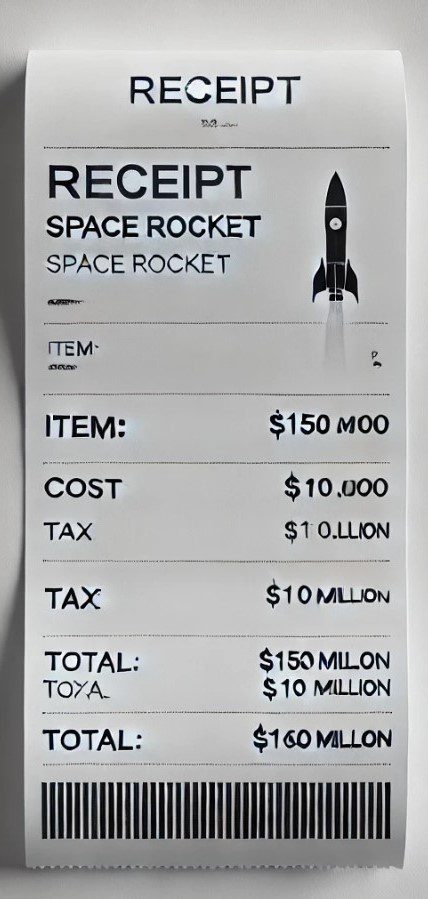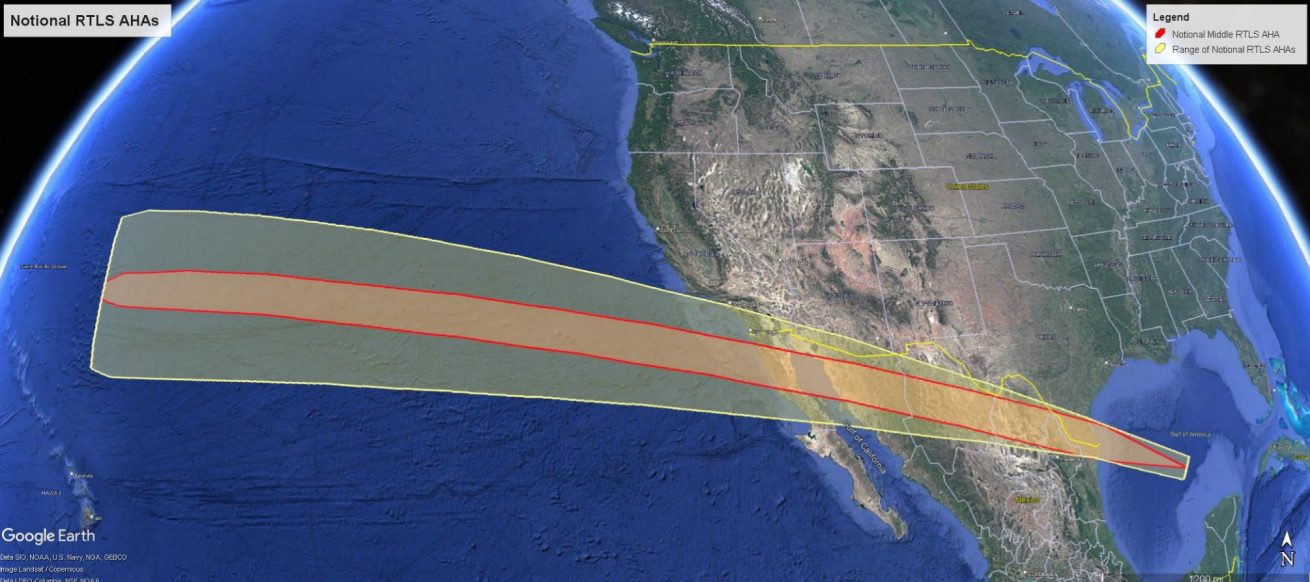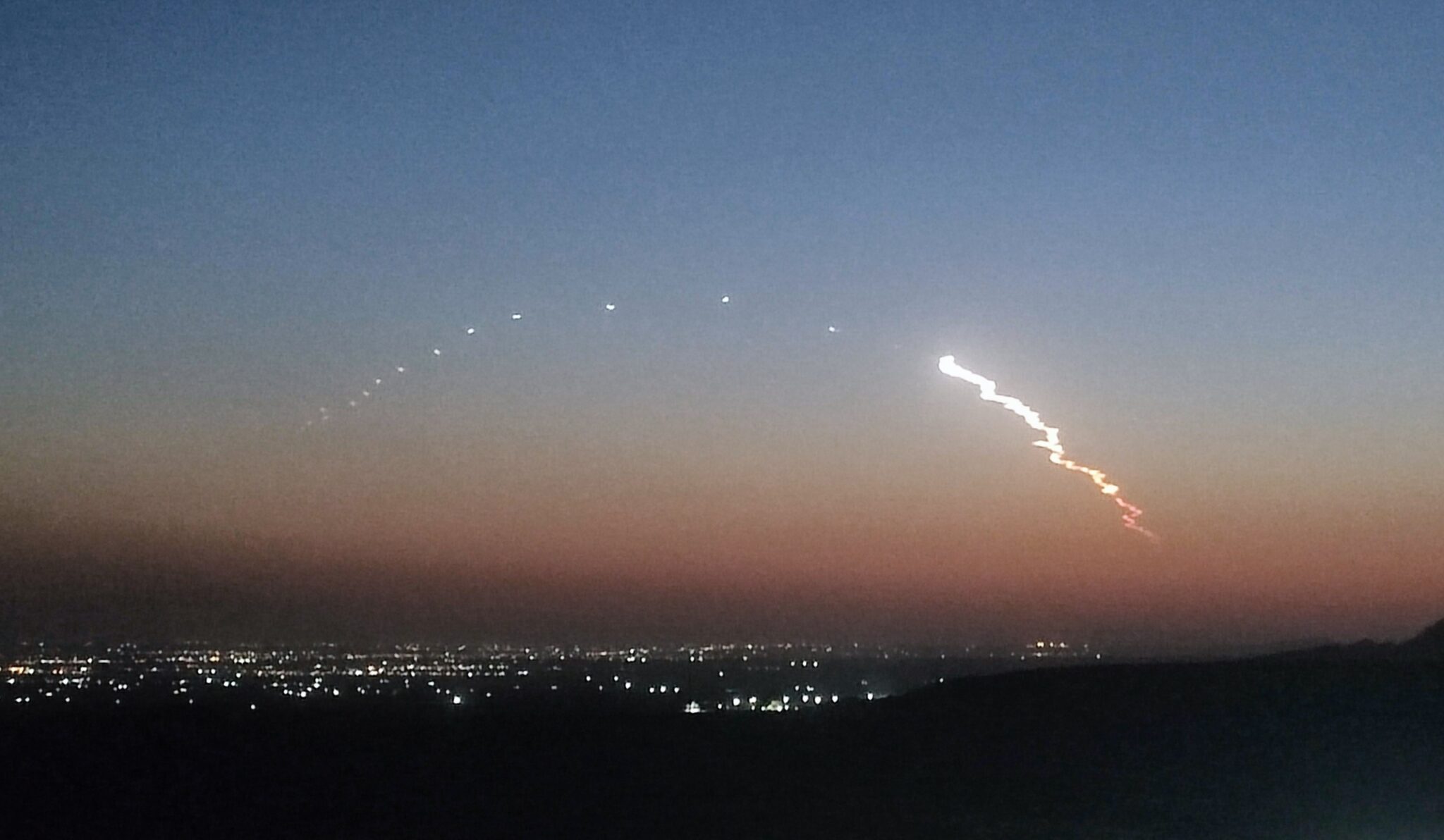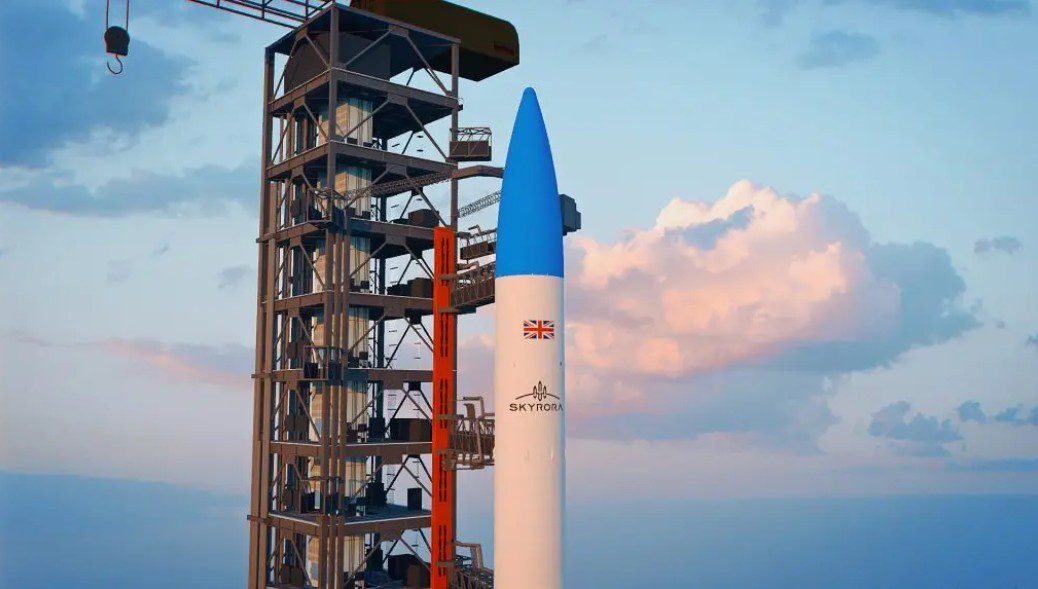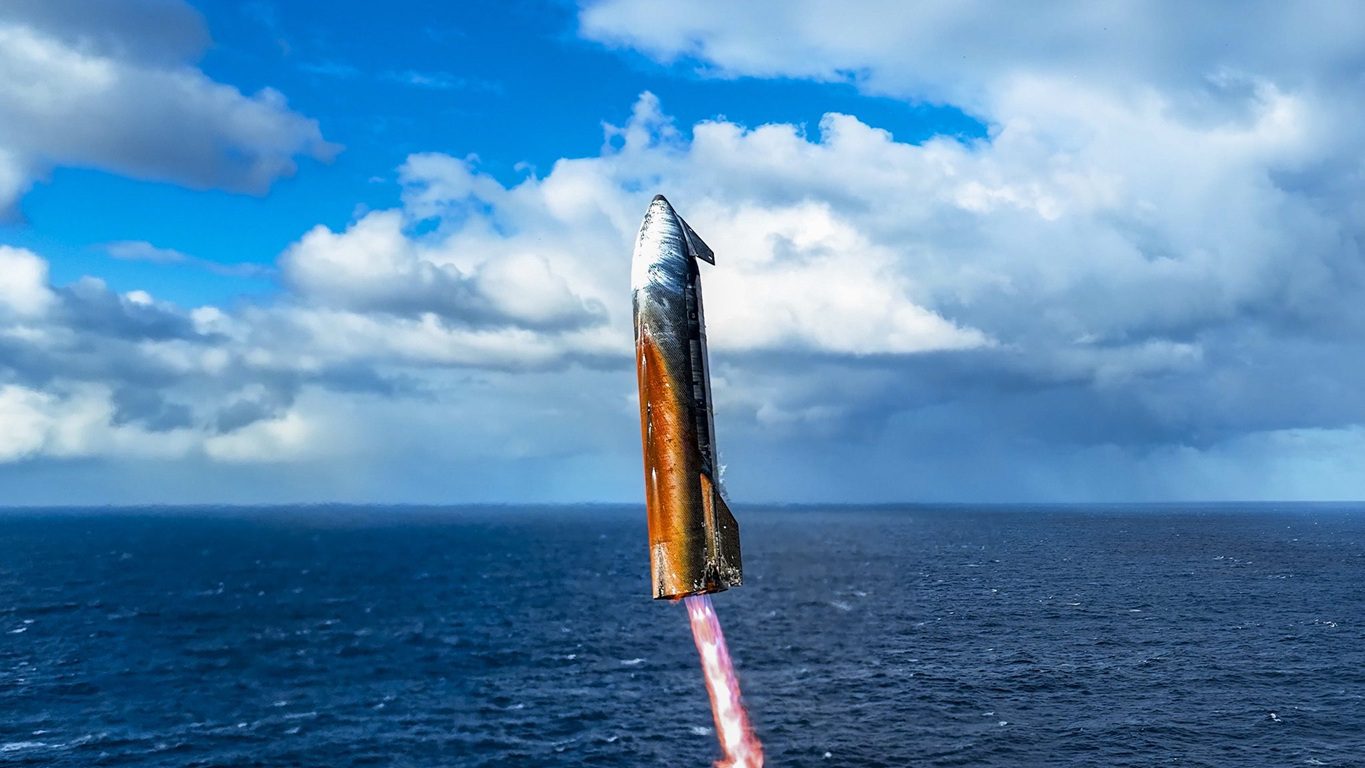Having lost its OCO (Orbiting Carbon Observatory) in a Taurus XL launch failure in 2009, and two years later losing its GLORY climatology mission on the same vehicle, NASA turned instead to the venerable and reliable Delta II rocket to launch its replacement for OCO. At 0956 on 2 July 2014, a Delta II 7320-10C lifted off from the Vandenberg launch site in California to deliver the OCO-2 spacecraft into a near polar Sun-synchronous low Earth orbit. OCO-2 is NASA’s first mission dedicated to studying atmospheric carbon dioxide, a human-produced greenhouse gas believed to be a major factor in driving changes in Earth’s climate. The launch was provided by ULA (United Launch Alliance) using one of the few Delta II launch vehicles remaining. The Boeing-Lockheed Martin firm mainly operates Delta IV and Atlas V launch vehicles in a variety of sizes and variants, all of which are larger than a Delta II.
Delta II does the trick: OCO-2 carbon monitoring satellite is successfully launched for NASA
About Seradata
Seradata produces the renowned Seradata database. Trusted by over 100 of the world’s leading Space organisations, Seradata is a fully queryable database used for market analysis, failure/risk assessment, spectrum analysis and space situational awareness (SSA).
For more information go to https://www.seradata.com/product/
Related Articles
Stay Informed with Seradata
Stay informed on the latest news, insights, and more from Seradata by signing up for our newsletter.

